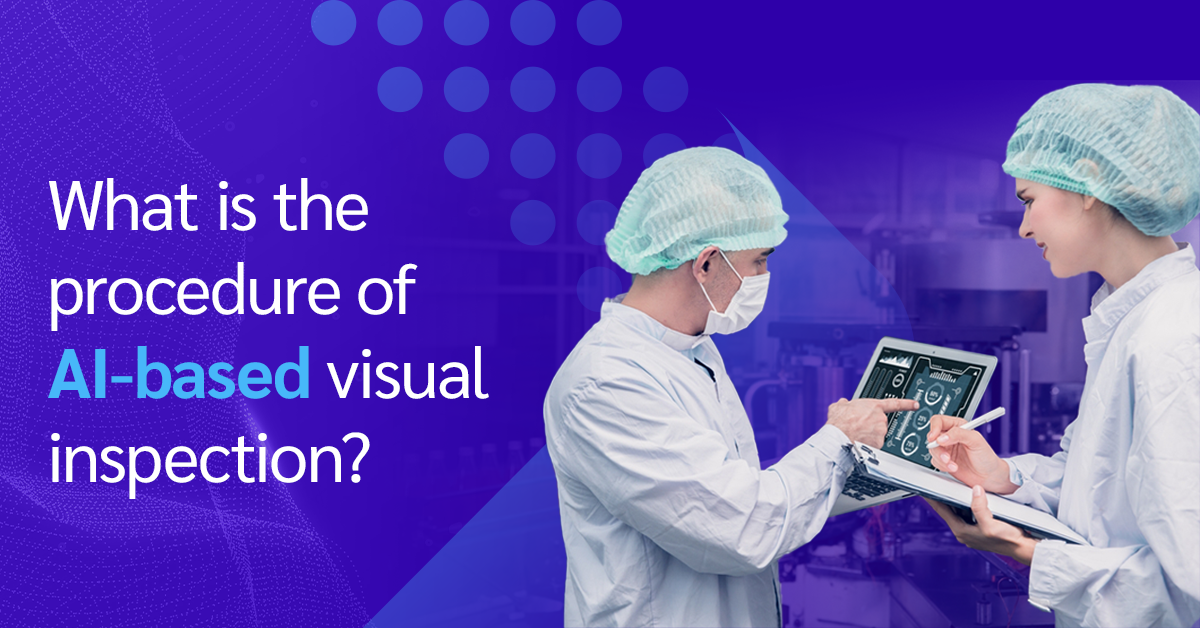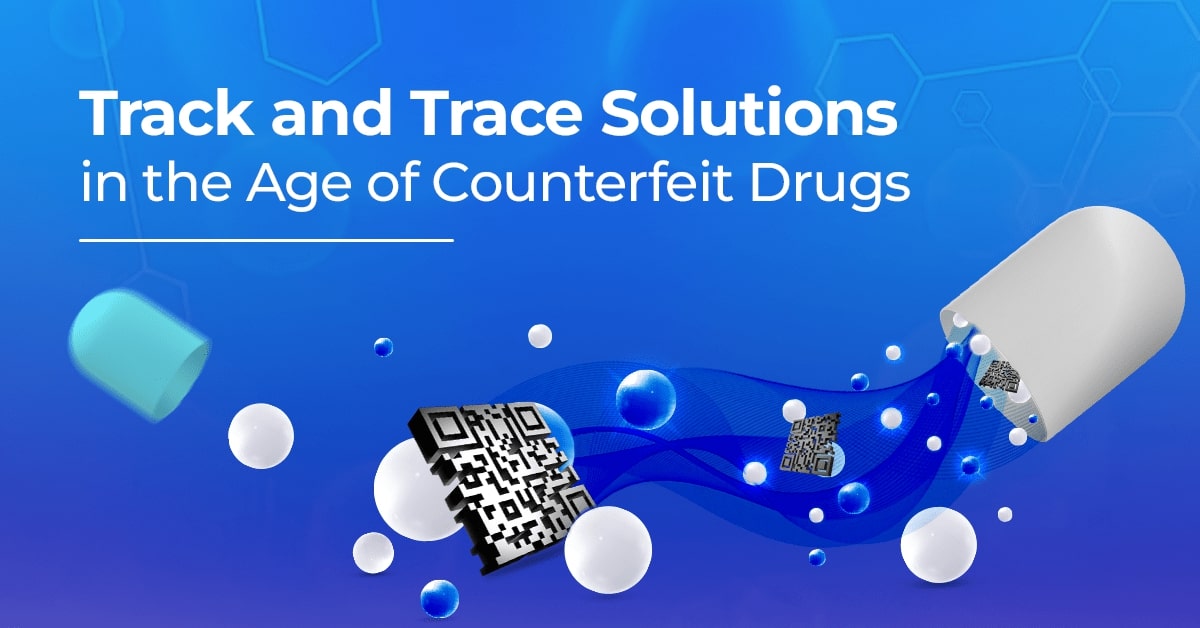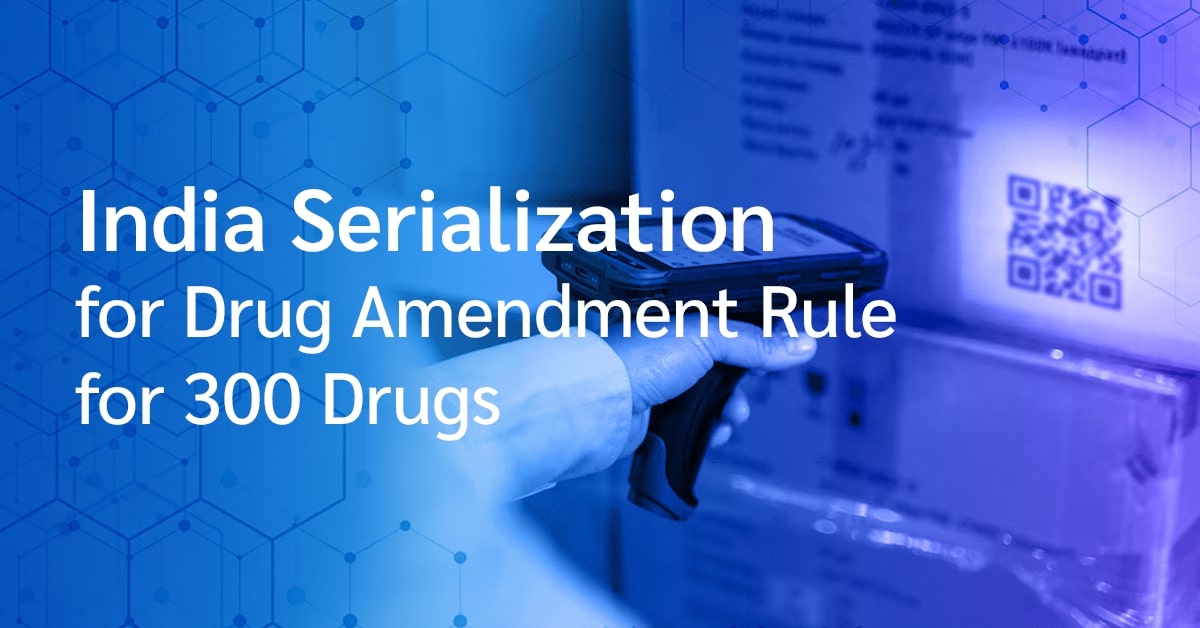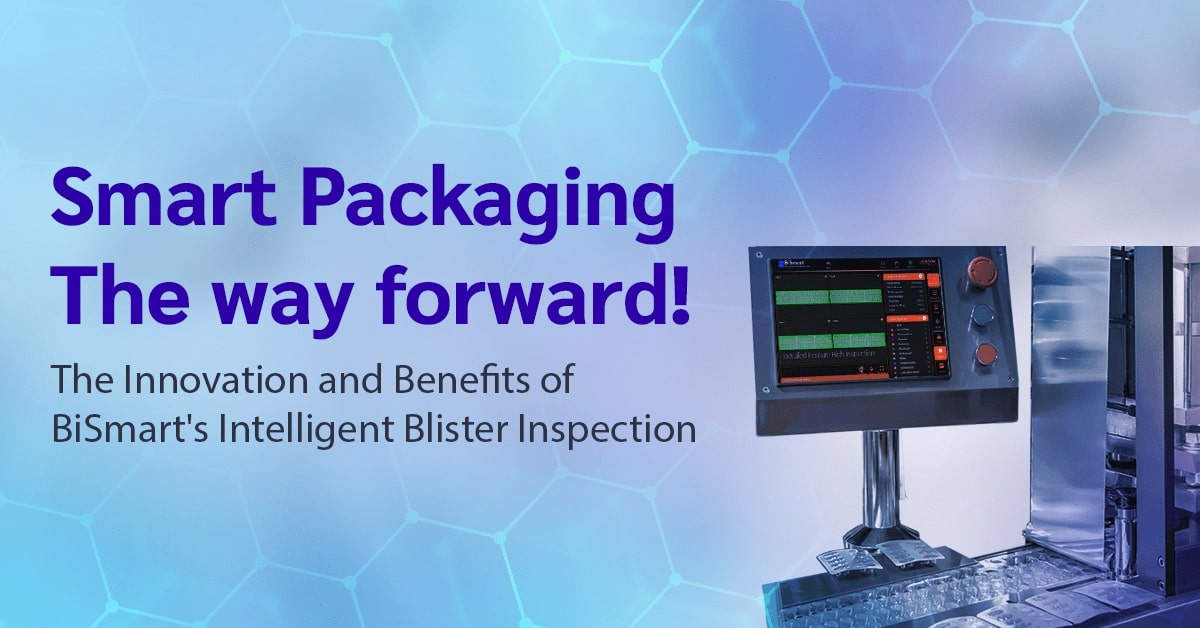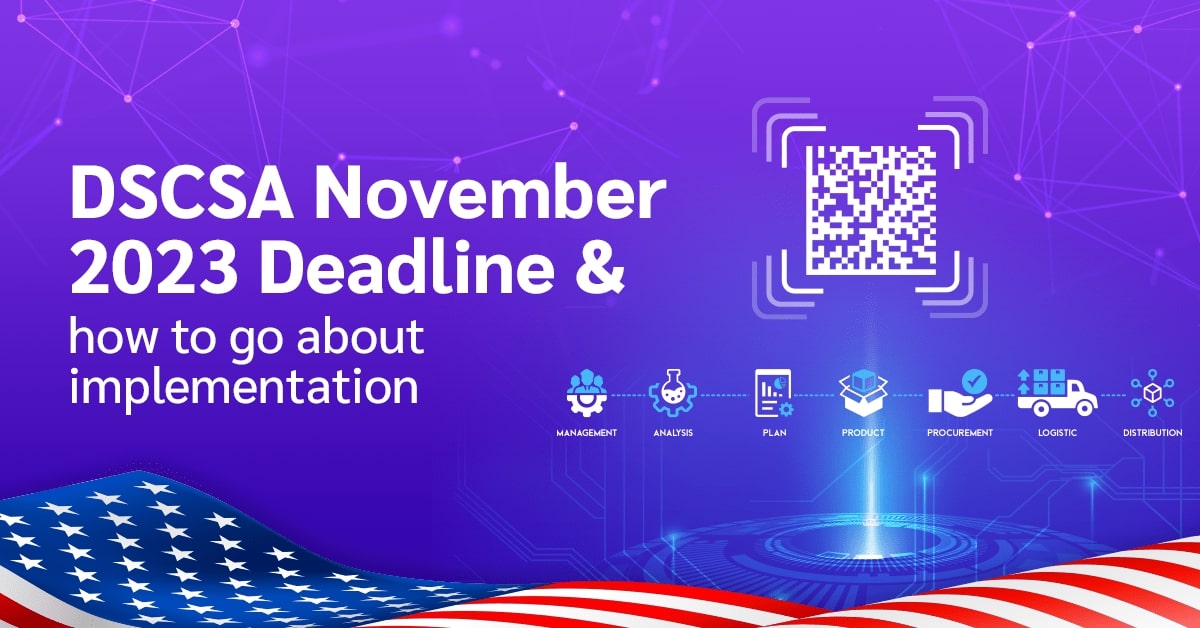Artificial intelligence has brought about a significant change in the manufacturing industry. Visual inspection has revolutionized this sector. Marking a new era in reliability, speed, and quality control. Thus, keep reading this blog, and we will discuss the step-by-step procedures of AI-based visual inspection, its benefits, and more.
Introduction to AI-Based Visual Inspectio
Artificial intelligence-based systems use computer vision technology combined with machine learning, to automate product defect detection processes through image analysis. Traditional methods relied heavily on human inspectors, who would take time to go through visual data. But modern manufacturing environments require quickness combined with accuracy and can achieve better than any other system or person.
Step-by-step procedure AI-based visual inspection
1. Image Acquisition
One of the initial steps in AI-supported visual examination is capturing pictures. Cameras or other devices that have imaging capabilities are used to capture high-resolution images or videos of the object being inspected. These photos are then fed into AI algorithms for analysis as input data. For inspection to be accurate, these images must be clear and of good quality.
2. Preprocessing
Preprocessing comes next once images are acquired, whereby their quality is enhanced while reducing noise. Filtering, resizing, normalization, color correction, etc., may be done at this point, among other operations with that regard. These types of processes ensure that input data is well prepared before being subjected to AI algorithms.
3. Feature Extraction
Feature extraction plays a key role in visual inspection systems based on artificial intelligence. It is because it helps to recognize and extract relevant features or properties of objects represented within images. Shapes, textures, colors, edges, and patterns can serve as such features.
4. Training Data Preparation
AI-based visual examination systems must undergo training with labeled training information before they can tackle real-life problems. The performance of the AI algorithms largely depends on the quality as well as the diversity of these data sets about their task. Additionally, during this stage augmentation techniques might be used to make the training dataset more variable.
5. Machine Learning Model Training
When the training data has been prepared, machine learning models are trained using supervised learning methods. Throughout training, the AI algorithms learn to recognize patterns and features that correspond to defects or abnormalities in images. These models are optimized through backpropagation on an iterative basis so that prediction errors can be minimized.
6. Model Evaluation and Validation
The performance of AI models is assessed and validated using separate validation datasets after they have been trained. Accuracy, precision, recall, F1 score, etc., are metrics employed for evaluating how well a model detects defects. Model validation ensures that the AI-based visual inspection system complies with the required quality standards of reliability.
7. Deployment and Integration
Once trained & validated; these artificial intelligence algorithms need to be deployed into production environments. This may involve integrating an AI system with existing manufacturing systems used within organizations’ supply chain management processes. To continuously evaluate its performance against set targets, provide feedback about how each part of this algorithm works during different periods.
8. Inference and Decision Making
The system makes decisions on whether objects are defective or not based on the presence/absence of faults. The real-time analysis of new images/videos by the AI-based visual inspection system itself triggers alerts/actions if they need to. It classifies them as acceptable ones without triggering any further action since they meet the required specifications already laid down.
5 Benefits of Inspection with AI
Precision: Systems for inspection through AI based on visuals can be more precise and reliable than humans in many ways.
Velocity: Automated inspections powered by artificial intelligence can analyze a large quantity of visual data within a short time. However, cutting down on inspection hours as well as increasing productivity.
Uniformity: The AI algorithms apply consistent standards and criteria. Thus minimizing variations and guaranteeing uniform results during an inspection.
Affordability: Once installed, these types of systems can help save costs spent on labour for physical checks followed by corrections or adjustments.
Flexibility: The AI models enable them to learn different types of faults and deviations. Hence being applicable in various product versions and inspection needs.
Where is AI-Based Visual Inspection used?
Manufacturing: In automotive production and consumer goods manufacturing, electronics, and semiconductor factories, AI aids in defect detection and quality control.
Pharmaceutical industry: Tablets, capsules and vials are examined for impurities or faults.
Food and Agriculture: Agricultural products sorting-grading; detecting contaminants within food items; monitoring various stages involved in processing them.
Healthcare sector: Diagnosis support through medical imaging analysis; abnormality identification with medical devices; ensuring pharmaceutical products meet required standards.
Conclusion
AI-based visual inspection is a valuable tool across many industries for process improvement in quality control systems. Its potential to transform different sectors, combined with numerous application possibilities, makes AI-based visual inspection an influential aspect of shaping tomorrow’s QA methodologies.
If you want AI-based visual inspection for your organization, Jekson Vision can help you make the right decision. Talk to us, and we will guide you with your accurate needs.

